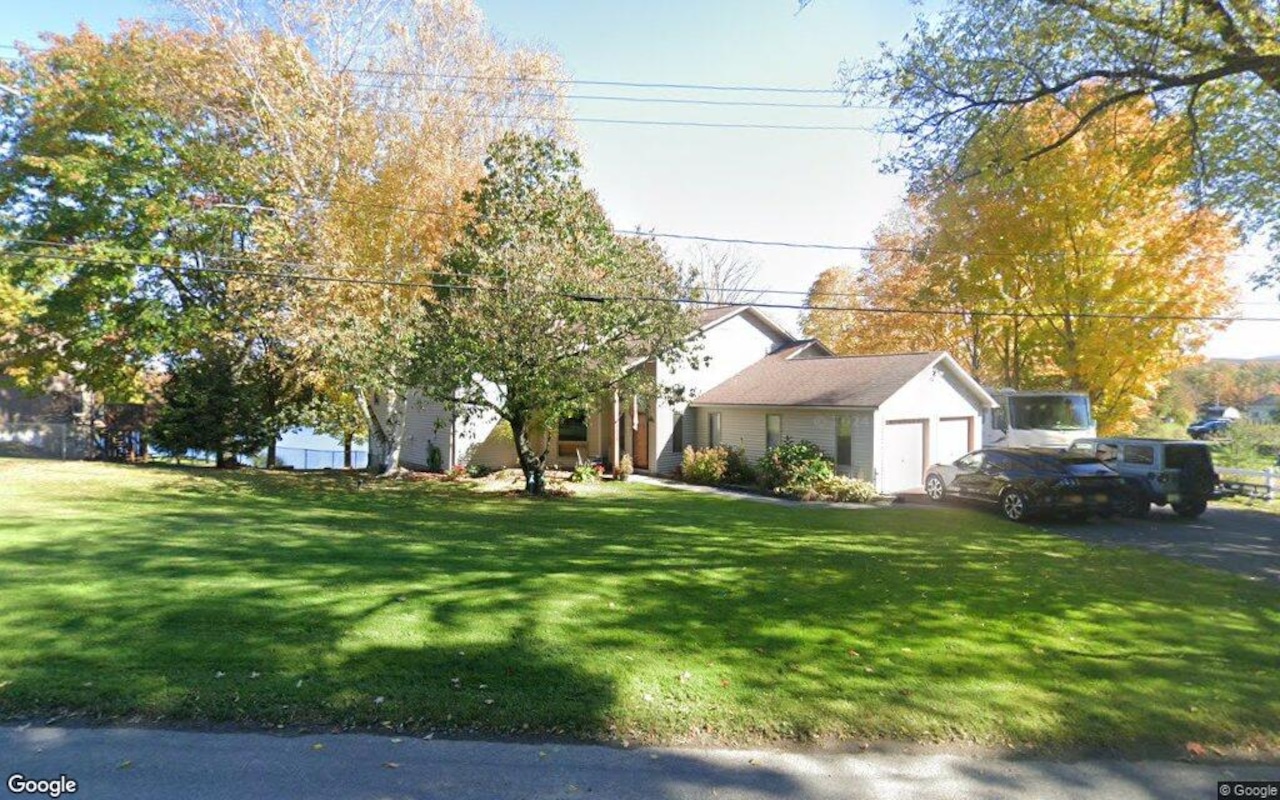R
ichard Carroll Jr., a Manhattan artist, spent almost twenty years living in a Harlem apartment that was secretly rent‑stabilized. He only discovered this fact after an eviction notice in 2022 forced him into housing court. When he moved in in 2004, his landlord offered a preferential rent of $1,200 a month instead of the $2,000 lease rate. Carroll had no clue that the previous tenant had paid less than $500. The landlord, who took over the building after Carroll’s arrival, later claimed the lease had expired and raised the rent to $1,425, citing the building’s deteriorated condition—broken stove, rat infestation, and the like.
Carroll’s lawyer urged him to file a formal request with the State’s Division of Housing and Community Renewal for the unit’s rent history. Online rental sites such as StreetEasy only list transactions from 2022 onward, leaving gaps that can mislead tenants and investors. The records showed that the apartment had been registered as rent‑stabilized from the 1980s through the early 2000s, with a legal rent of $489.50 in 2002. In 2003, the former owner claimed the unit was deregulated because of renovations, but Judge Jack Stoller ruled that the improvements did not qualify for deregulation.
Experts say uncertainty over a unit’s status is a frequent problem. Investors who buy former rent‑stabilized buildings often rely on prior landlords’ documentation, which may be incomplete. In 2004, the law required the previous owner to spend $56,000 on renovations; subpoenaed DOB records show only about $22,000 was spent. A recent city bill now mandates that buildings with rent‑stabilized units display signs indicating the status and how to verify it.
Stoller's decision affirmed that Carroll is a rent‑stabilized tenant and that eviction without cause is prohibited. The building’s owner has appealed the ruling. Carroll, who said he would never have known his rights, hopes the new court order will lower his monthly rent, though he does not expect a refund for the past years. He described feeling “robbed for $1,000 a month for 20‑something years.”
The new law, introduced by City Councilmember Sandy Nurse, requires buildings with rent‑stabilized units to post signs advertising the status and providing information on how to confirm eligibility. Carroll’s case illustrates how tenants can be unaware of their rights and how landlords may exploit gaps in public records. Despite the favorable ruling, Carroll remains uncertain about the outcome. He is awaiting a revised rent amount and believes the court’s recognition of his rent‑stabilized status will protect him from future unjust increases.














